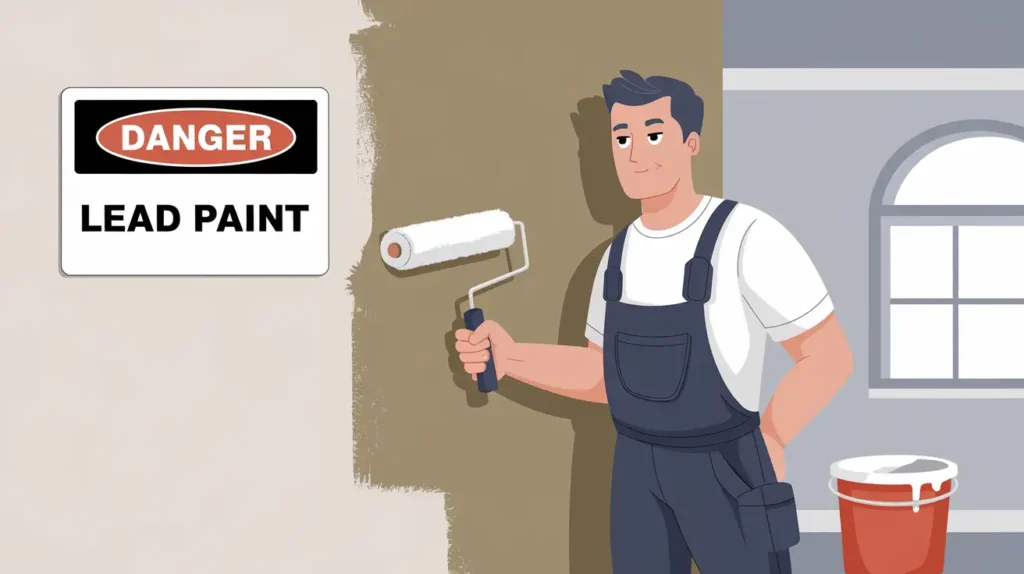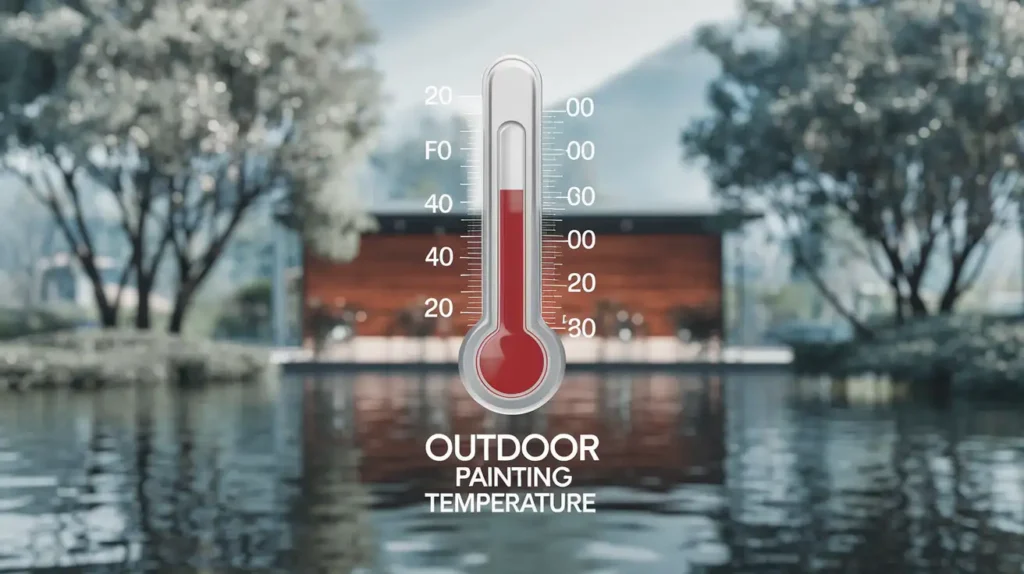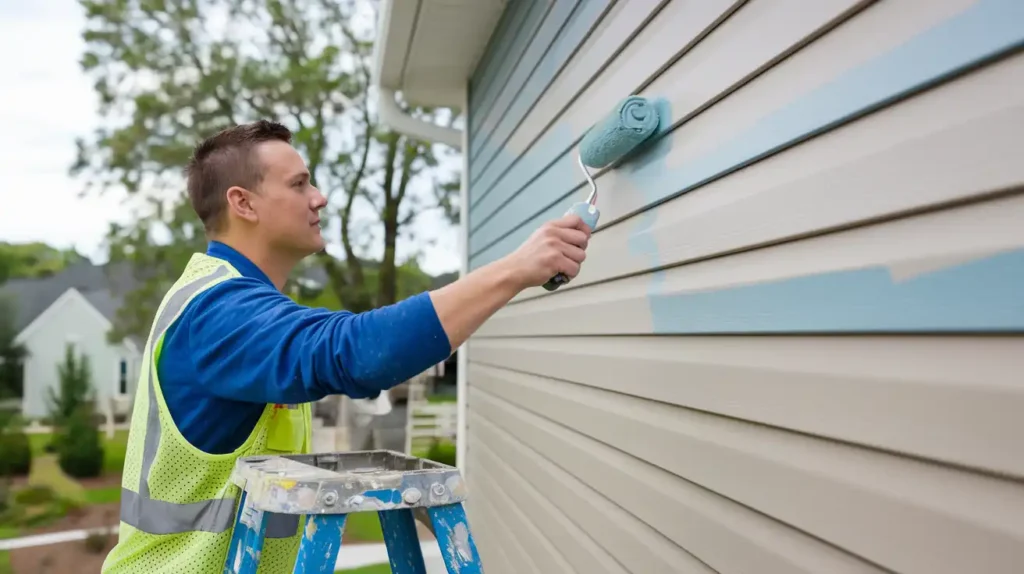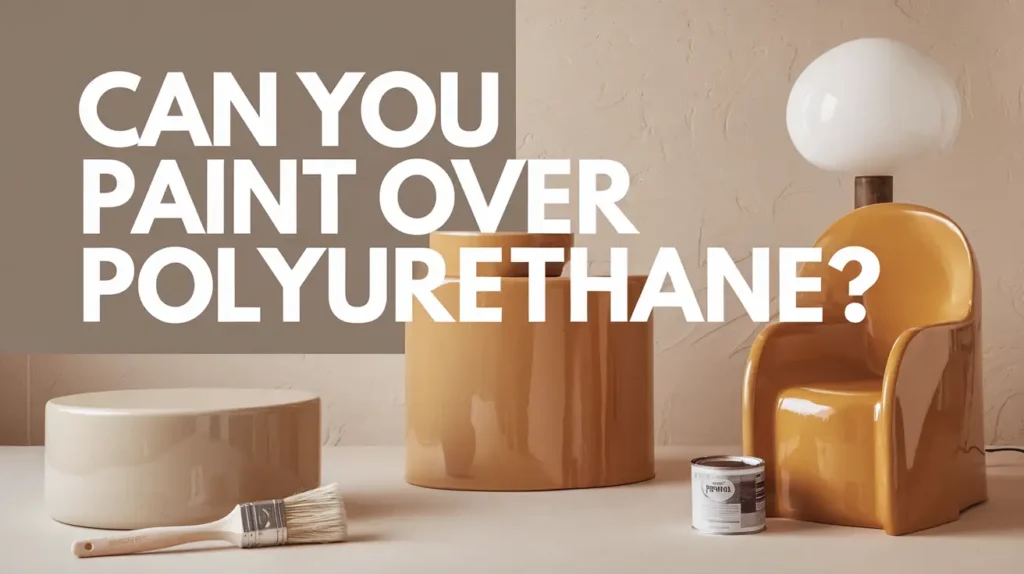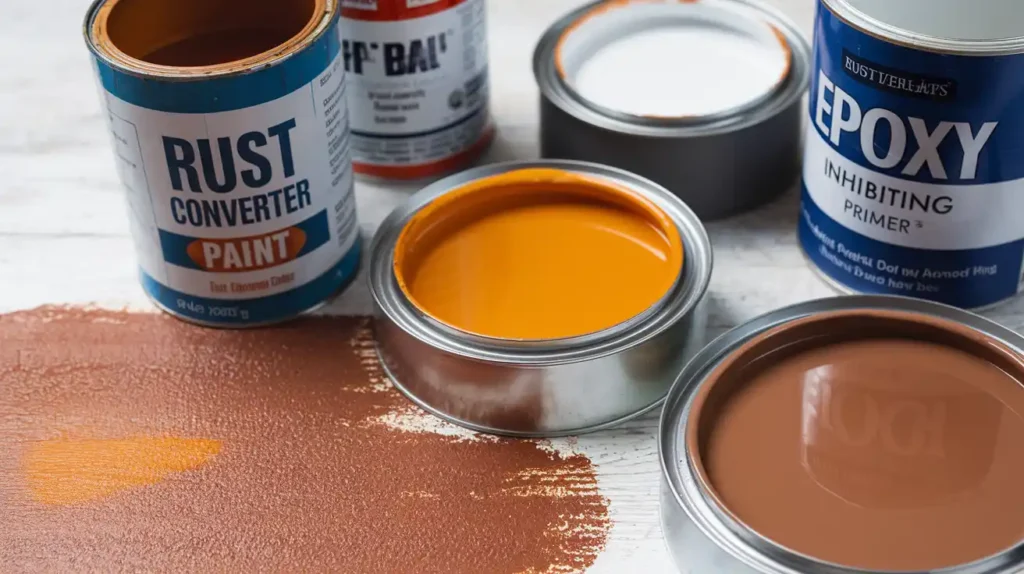How to Paint Glass Like a Pro (No Peeling!)
Glass. It’s sleek. It’s shiny. And let’s be real—it’s a pain in the neck to paint. But hey, that’s what makes it fun, right? Whether you’re jazzing up old mason jars, refreshing your office window decor, or giving that dusty glass vase a second chance at life, painting on glass is one of those oddly satisfying DIY projects. Now, if you’ve ever asked yourself “How to paint glass without it peeling, streaking, or looking like a crime scene?”—you’re in the right place. Grab your glassware, flex those creative muscles, and let’s walk through this together like DIY besties. FYI: You don’t need to be an artist to make it look awesome. Table of Contents Why Paint Glass? Let’s address the obvious—why bother painting glass in the first place? I mean, isn’t it already perfect in its crystal-clear glory? Well, not always. Personalization: Want to label your pantry jars or match your decor? Paint it! Upcycling: That old wine bottle? Boom—vase. Seasonal Decor: Painted window glass for Halloween, Christmas, or whatever vibe you’re on. Functional Use: A chalkboard-painted glass menu for your kitchen? Yes, please. Painting on glass can turn boring surfaces into something actually worth looking at. Plus, it’s cheaper than buying new stuff, so your wallet will thank you too. How to Paint Glass Ah yes, the reason you’re here: how to paint glass and not end up crying over a streaky, flaky mess. Here’s your foolproof guide: 1. Choose Your Surface Not all glass is created equal. You can paint on: Glass bottles and jars Windows Glass tabletops Acrylic glassware Frames, panels, and even mirrors Basically, if it’s shiny and smooth, you can slap some paint on it. 2. Clean Like You Mean It Before you paint, you’ve got to clean your glass like you’re prepping it for surgery. Use: Rubbing alcohol or white vinegar Lint-free cloth (no, your gym towel doesn’t count) No grease, no fingerprints, no dust. Period. 3. How to Prepare Glass for Painting This step gets skipped more than it should. Don’t be that person. Lightly sand the glass if it’s super smooth. A scuff helps the paint stick. Wipe down again. Yes, again. Consider using a glass primer if your paint doesn’t specify adhesion on slick surfaces. How to prepare glass is the difference between paint that stays and paint that peels off faster than a cheap sticker. 4. Apply the Paint (Finally) Time to get messy (in a controlled way). Use: A soft brush for detail A sponge for texture A stencil if you want it neat (or you’re just not confident in your freehand skills—no shame) Apply thin coats and let each coat dry before adding another. Rushing = regrets. Types of Glass Paint Choosing the best paint for glass can feel like standing in the cereal aisle for too long—everything looks the same until it’s in your cart and you’re home crying. Here’s a breakdown: Acrylic Enamel Paint – Great for durability. Sticks like a champ. Solvent-Based Paint – Gives vibrant color and is water-resistant. Smells… intense. Stained Glass Paint – Perfect if you’re going for that artsy, translucent vibe. Chalk Paint – Lovely for a frosted or matte look. Acrylic Paint – Works on glass if you seal it correctly. Looking for something fancy? Try a glass paint palette that includes multiple finishes and colors. Just don’t go rogue with leftover wall paint—paint for glass needs to be the real deal. Tips for a Professional Finish Want your painted glass to look like you bought it from Etsy and not a kindergarten craft fair? Try these: Thin coats only – Patience, my friend. Let it cure – Some paints need 24-72 hours. Respect the dry time. Seal the deal – Use a clear acrylic sealant or bake the glass (if your paint says it’s safe). Handle with care – Even the best-painted glass can scratch. Treat it like it’s handmade by unicorns. Best way to paint glass? Follow instructions, don’t rush, and treat your project like it owes you money. When to Call a Professional Glass Painter So here’s the thing—painting glass is fun, but it’s also a lot of work if you’re doing large surfaces like painting on a window glass or full acrylic painting in glass installations. If your project starts looking more “Pinterest fail” than “gallery-worthy,” don’t sweat it. Call in the pros. There’s zero shame in letting experts handle the heavy lifting—especially when you want a finish that lasts. San Diego Home Remodeling offers painting services that cover everything from detailed indoor glass decor to full-scale glass window treatments. We get it right the first time—no peeling, no patchy mess. Conclusion So there you have it—your complete, honest, slightly sarcastic guide on how to paint glass without losing your mind (or your Sunday afternoon). Whether you’re doodling on a wine glass or tackling an entire set of acrylic panels, you’ve now got the know-how to crush it. Be bold. Be colorful. Be that person who says “Yeah, I made that” with pride. And hey—if you ever get stuck or want a professional touch, you know who to call. FAQs What kind of paint do you use on glass? Use acrylic enamel, stained glass paint, or solvent-based glass paints. These stick well and last longer than regular paint. How to permanently paint on glass? Use the right paint, prep the glass properly, and bake it in the oven (if the paint allows). Or seal it with a strong clear acrylic sealant. How do you paint glass so it doesn’t peel? Clean thoroughly, lightly sand, use quality paint, and seal it. Also—let it dry completely between coats. That’s not optional. Do you need primer to paint on glass? Sometimes. If your paint isn’t specifically for glass, then yes—a primer helps it stick and stay. Is acrylic paint ok for glass? Yes, but only with prep and sealing. Acrylic is easy to use, but without sealing it can flake off like a bad sunburn. Use acrylic enamel,
How to Paint Glass Like a Pro (No Peeling!) Read More »



